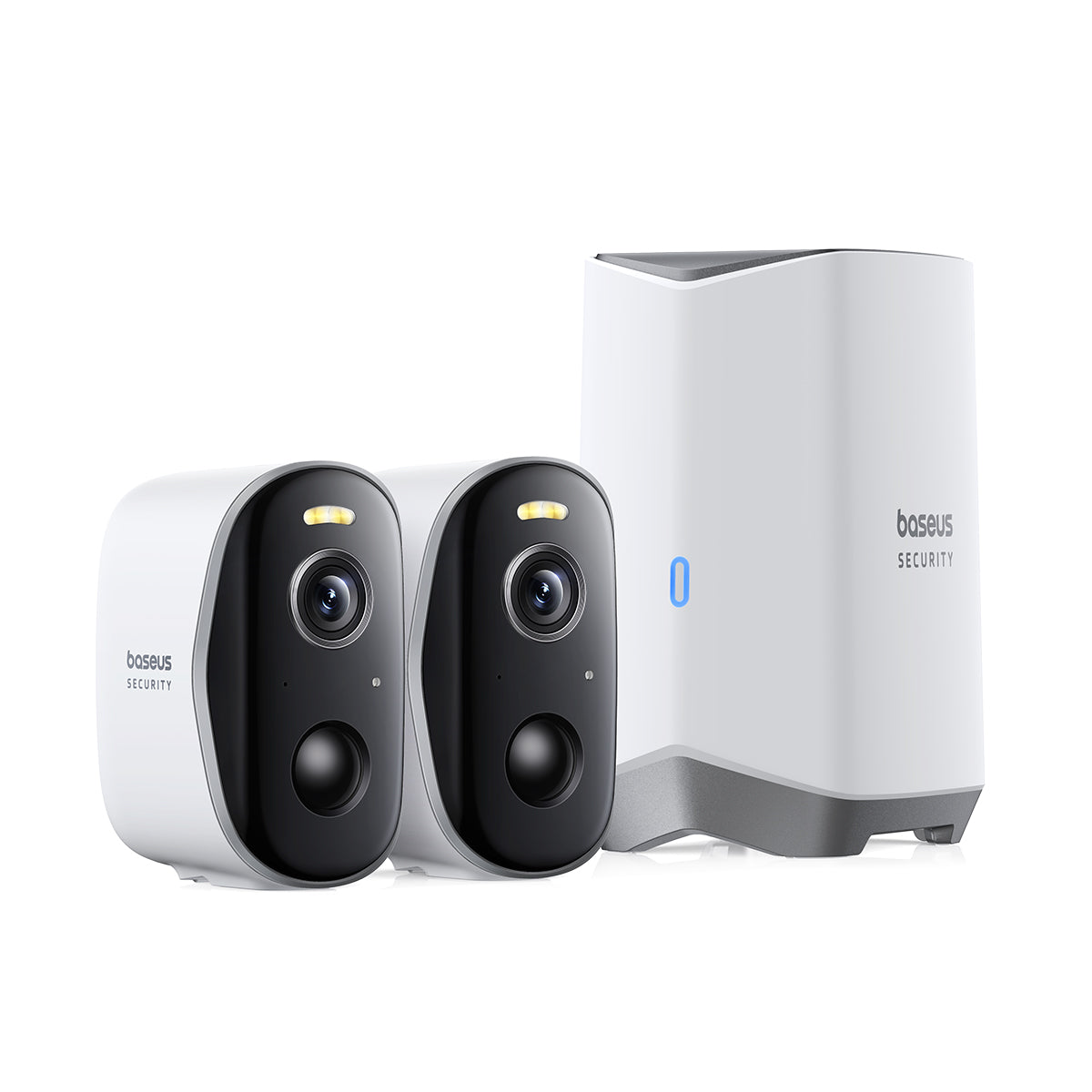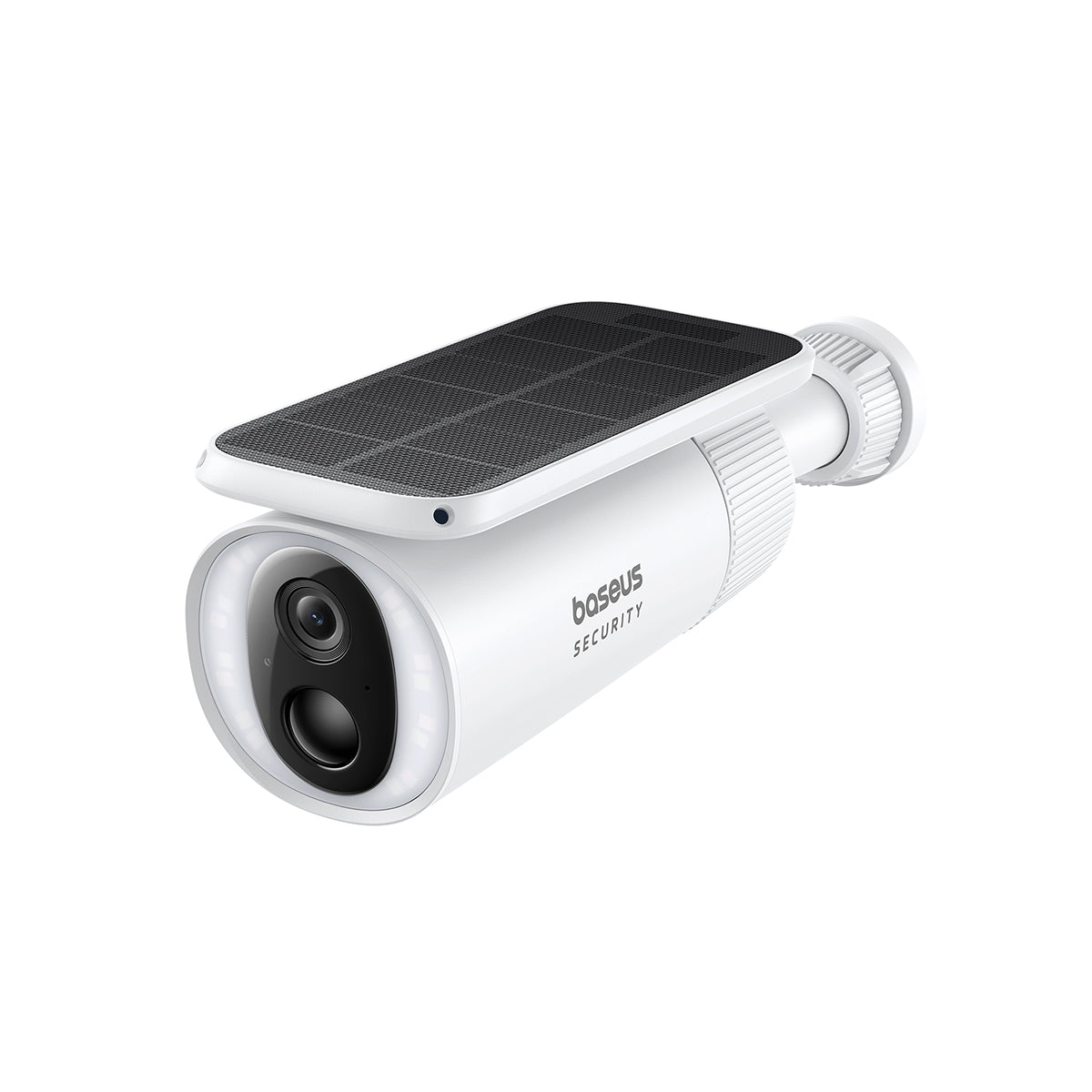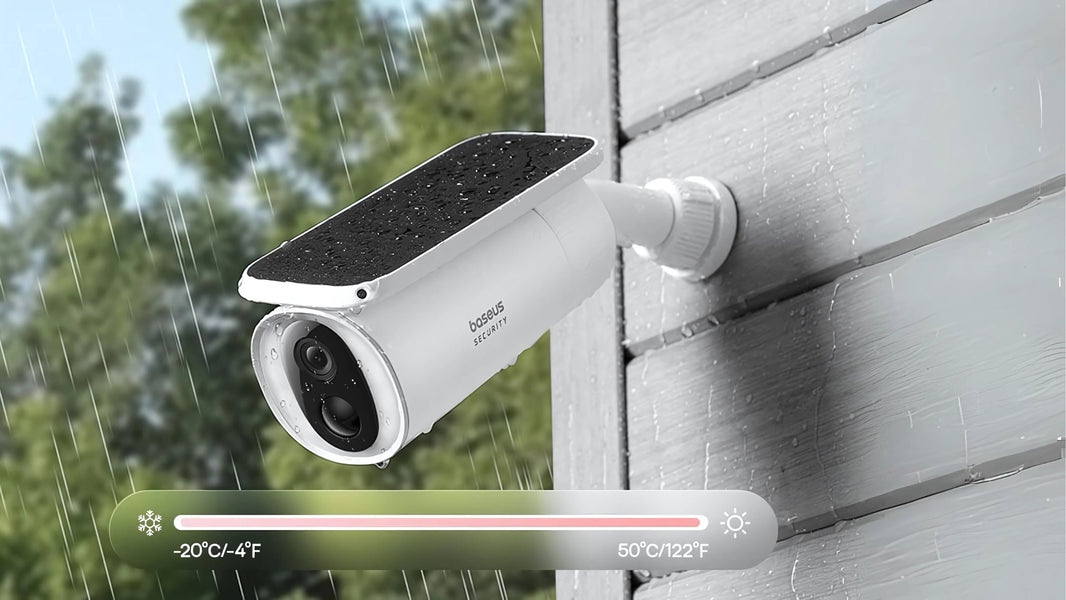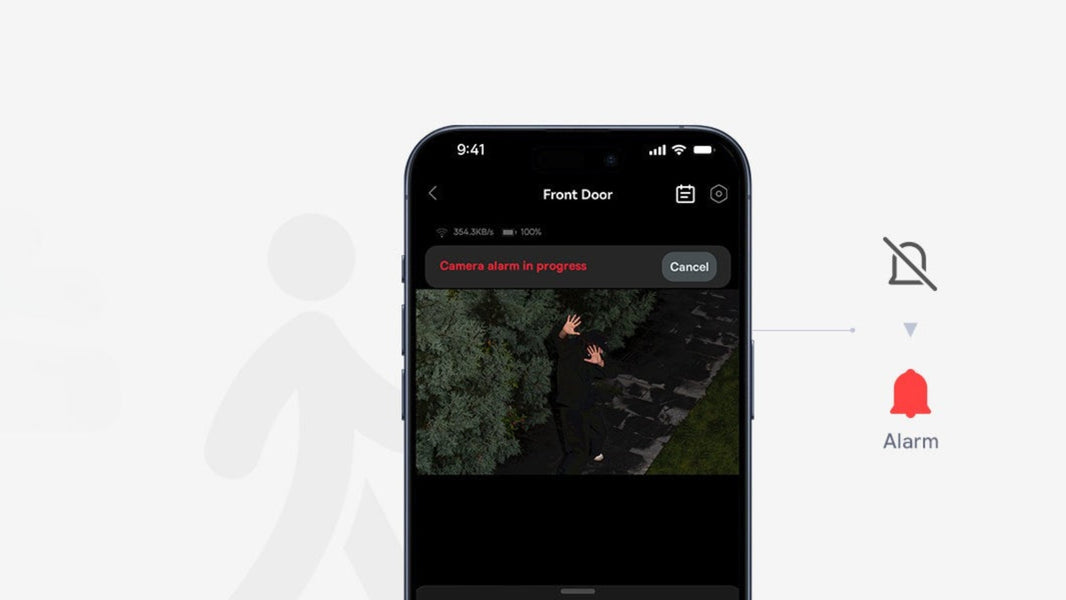You have seen the term a thousand times. It’s stamped on boxes, featured in product descriptions, and touted as the ultimate badge of honor for any piece of outdoor technology: “weatherproof.” It sounds reassuring. It sounds strong. But what does it actually mean?
Almost nothing.
The word weatherproof is a vague marketing term, a hollow promise without a standard to back it up. A device that can survive a light mist and a device that can endure a torrential hurricane could both, under a loose definition, be called weatherproof. When you are investing in the safety of your home with an outdoor waterproof security camera, you need certainty. You need specifics. That certainty comes from a globally recognized standard known as the IP rating.
This guide will pull back the curtain on the marketing jargon. We will explore the language of durability, decoding the critical differences between IP65, IP66, and IP67 ratings. Forget vague assurances. After reading this, you will understand exactly what your camera can handle and be empowered to choose a device that offers true, verifiable protection for your investment.
What Exactly is an IP Rating? Decoding the Standard
The IP rating, which stands for Ingress Protection or International Protection marking, is not a manufacturer’s claim. It is a rigorous standard established by the International Electrotechnical Commission (IEC). You can find the full technical standard under IEC 60529. This code provides a precise, universally understood classification system for the degree of protection that an electrical enclosure offers against the intrusion of foreign objects, including dust and water.
An IP rating is always followed by two numbers. Each digit has a specific meaning.
The First Digit: Protection Against Solids
The first number in the rating, from 0 to 6, tells you how well the camera’s housing protects its sensitive internal electronics from solid objects. This includes everything from a stray finger to microscopic particles of dust. For any serious outdoor camera, you should only see one number here: 6.
A rating of IP6X means the device is completely dust tight. No ingress of dust is permitted. Why is this so important? Dust is a killer. Over time, fine particles can work their way inside electronics, causing short circuits, overheating, and a significant reduction in the device's lifespan. A ‘6’ in this position is your guarantee of a completely sealed enclosure against these tiny invaders.
The Second Digit: The Real Story of Water Protection
This number is the crucial variable for any outdoor waterproof security camera. The second digit, which ranges from 0 to 9, indicates the level of protection against the ingress of water. The higher the number, the more intense the water exposure the device can withstand. This is where the differences between seemingly similar waterproof security cameras become starkly apparent.
A Deep Dive: IP65 vs. IP66 vs. IP67
Since we have established that any credible outdoor camera will start with IP6, the real battle for durability happens with the second digit. Let’s dissect the three most common ratings you will encounter.
IP65 Rated Cameras: Protection Against Water Jets
An IP65 rating signifies that the camera's enclosure is protected against low pressure water jets projected from a nozzle (6.3mm) from any direction.
-
Real World Equivalent: This is protection against standard rainfall, garden sprinklers, or being gently washed off with a spray bottle. It can handle the elements, but not a severe onslaught.
-
Best For: IP65 is a perfectly adequate rating for many situations. If your camera is installed in a sheltered location, such as under a porch roof, a deck, or the eaves of your house, an IP65 rating provides sufficient protection from the rain it is likely to encounter. It is a solid baseline for weatherproof cameras.
IP66 Rated Cameras: Surviving Powerful Water Jets
Stepping up to an IP66 rating means the camera is protected against powerful water jets from a larger nozzle (12.5mm) from any direction.
-
Real World Equivalent: Think bigger. We are now talking about driving rain during a thunderstorm, intense winds whipping water sideways, or washing your siding with a powerful garden hose. The pressure and volume of water an IP66 device can handle are significantly higher than an IP65 one.
-
Best For: This is the ideal rating for a truly exposed outdoor waterproof security camera. If you need to mount a camera on an open wall, a pole, or anywhere that it will bear the full brunt of a storm, IP66 should be your minimum standard. It offers a robust level of protection that ensures functionality during severe weather events, not just after them.
IP67 Rated Cameras: The Immersion Specialist
An IP67 rating indicates a monumental leap in protection. A device with this certification is protected against the effects of temporary immersion in water. The test specifies submersion in up to 1 meter of water for 30 minutes.
-
Real World Equivalent: This is total submersion. Think of accidentally dropping the camera into a large puddle during installation, or more critically, a flash flood scenario where the area around your home might briefly be underwater. An IP67 rated waterproof camera will survive.
-
Best For: For most residential security camera placements, which are typically high on a wall, IP67 is often considered overkill. However, it provides the ultimate peace of mind. If you are mounting a camera at a low level, near a drain, or in an area known for flooding, the IP67 rating provides an unparalleled level of security against catastrophic water damage.
So, Which IP Rating Does Your Home Actually Need?
Choosing the right rating is about matching the product to your environment. Let's consider a few common scenarios for waterproof security cameras:
-
The Sheltered Front Porch: You want to monitor your main entrance, but the camera will be tucked under a roof, shielded from direct downpours. In this case, an IP65 rated camera will almost certainly offer all the protection you need.
-
The Exposed Backyard Wall: Your goal is to watch over the backyard, and the camera will be mounted on a wall with no overhead cover. It will face wind, rain, and snow directly. Here, an IP66 rated camera is the smart, reliable choice to ensure it withstands years of abuse from mother nature.
-
The Low Mount by the Gate: If you are placing a camera on a low fence post or near the ground to monitor a gate in an area with poor drainage, stepping up to an IP67 rated device is a wise investment against the possibility of standing water or flooding.
For a fantastic balance of robust protection and advanced features, a camera engineered for harsh conditions is paramount. The Baseus N1 Outdoor Security Camera, for example, is built with IP67 durability necessary for exposed environments, ensuring that its high definition video stream and smart alerts are not compromised by the weather.

Beyond the IP Rating: Other Factors for Outdoor Durability
While the IP rating is the most important specification for water and dust protection, it is not the only factor. For a truly resilient device, consider these as well:
-
Operating Temperature: Check the camera’s specified operating temperature range. A camera in Arizona needs to handle extreme heat, while one in Minnesota must survive deep freezes.
-
Housing Material: Cameras with metal housings (often aluminum) are generally more durable and resistant to physical impacts and UV degradation than those made entirely of plastic.
-
Lens Quality: A high quality glass lens is more resistant to scratching from windblown debris and less likely to fog up in changing humidity compared to a cheaper plastic one.
Conclusion: Making an Empowered Choice for Your Security
The word weatherproof is a suggestion. An IP rating is a certification. When you are buying an outdoor waterproof security camera, your goal should be to invest in a device that you can install and then trust completely, regardless of the season. Don't let your security be a fair weather friend.
Look past the marketing. Find the IP rating on the specification sheet. Now that you understand the difference between surviving a sprinkle (IP65), braving a storm (IP66), and enduring a flood (IP67), you can make a truly informed decision. You can purchase a camera not just with hope, but with the certified confidence that it is built to last.
Find Your All Weather Guardian
Ready to equip your home with security that never backs down from a challenge? Explore our collection of high performance security cameras, designed and tested to meet the rigorous demands of outdoor protection.











